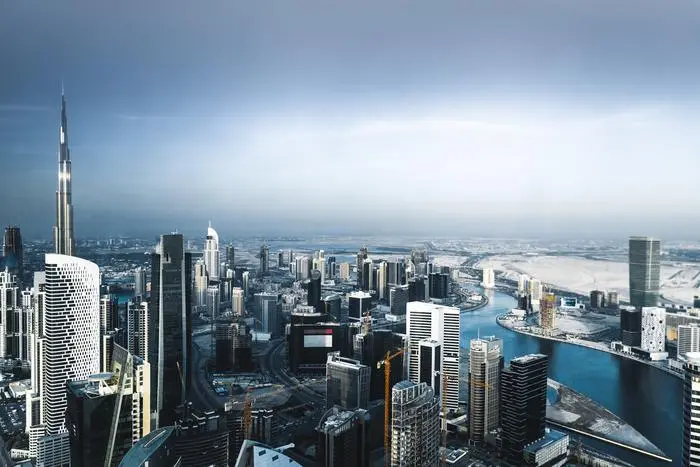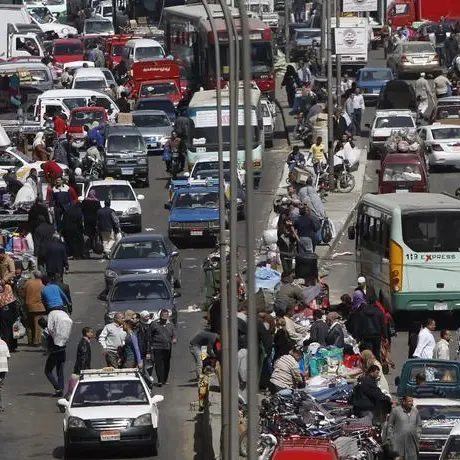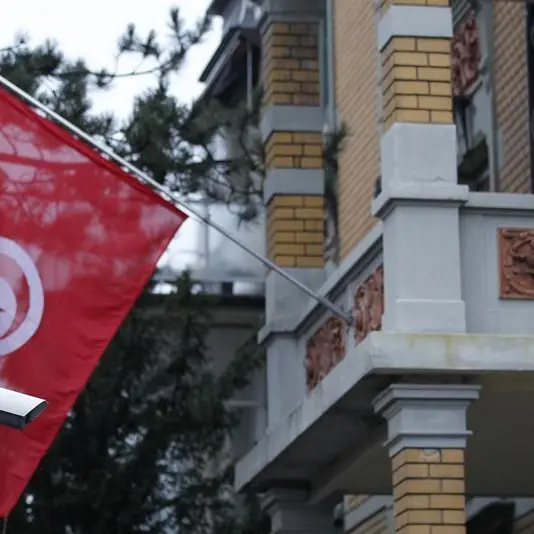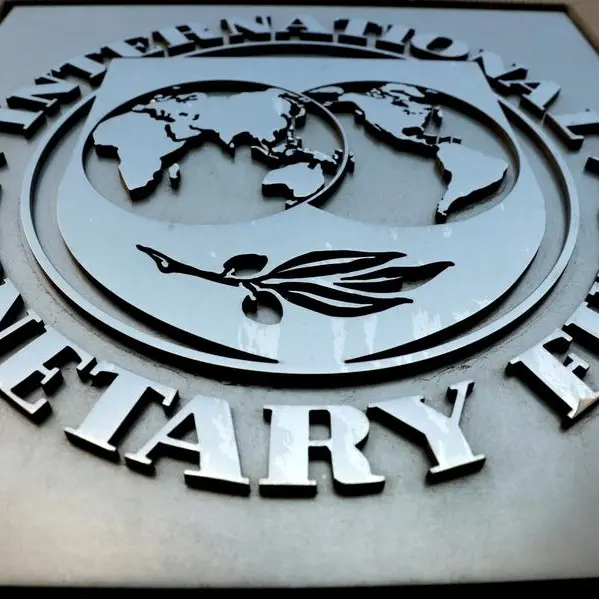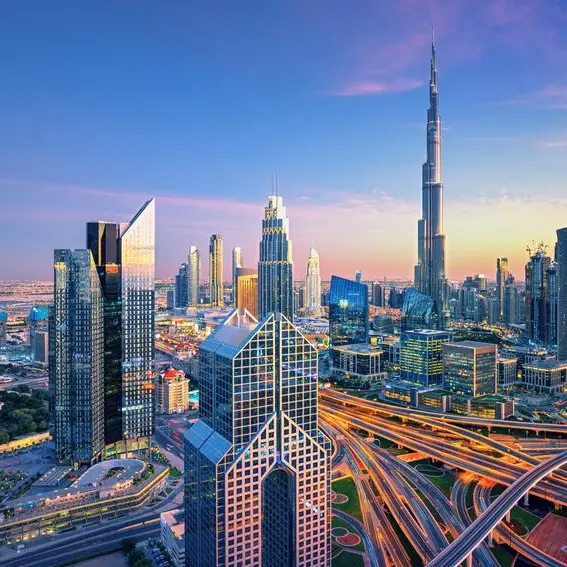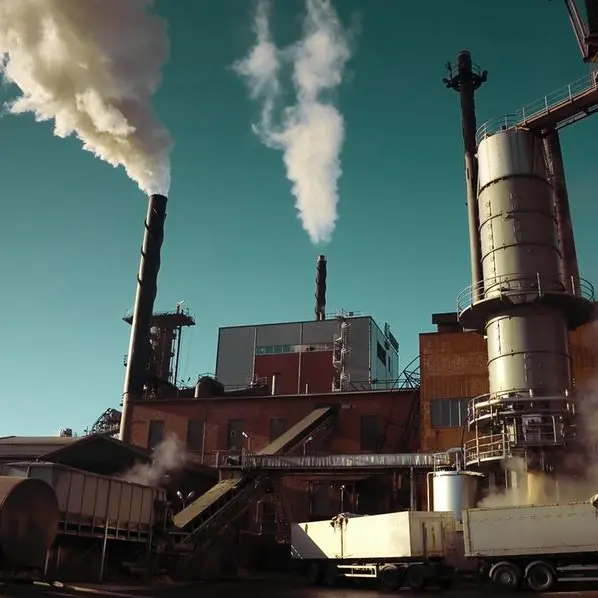PHOTO
The UAE's high-performing non-oil sectors are expected to drum up growth with the country's private consumption likely to remain among the main drivers of growth in 2018, said a global credit insurer.
The private sector growth will be driven by household consumption and higher international tourism. The country's domestic appliances, metals and pharmaceutical sectors will be the fastest-growing ones while ICT and machinery will be the slowest growing ones, Coface said in its GCC Economic Outlook.
"We believe the UAE is a safe haven despite regional uncertainties and geopolitical situation," Seltem Iyigun, Coface economist for Middle East, said.
The recently rolled out Value Added Tax will drive in more government revenues given the UAE's large consumer base and the importance given on retail spending, especially from foreign visitors, she said.
In the wake of VAT, inflation rate in the UAE is predicted to be higher than last year (2 per cent in 2017 versus 3.7 per cent in 2018).
Across the GCC, the real GDP growth rates are expected to grow to around 2.3 per cent compared to 0.6 per cent in 2017. However, growth will remain below pre-2014 levels due to volatile energy prices and geopolitical uncertainties.
"We see a slight recovery in the growth momentum of GCC nations' GDP on rising oil prices. The recent extension in oil production cut is a positive sign for oil price outlook in the near term, but prices remain volatile," Iyigun said. Oil prices have averaged $54 a barrel in 2017, up from $46 in 2016, and are expected to average at $57 in 2018.
In 2018, GCC countries will improve their fiscal performances or budget deficits. The UAE maintained much better fiscal deficit compared to other GCC countries. The UAE was the only country in the region which maintained its government gross debt during the last couple of years.
In the UAE, the construction sector, which is the main pillar of the country's economic diversification strategy, recorded remarkable growth at 7.7 per cent year on year in the second quarter and 7.5 per cent year on year in the third quarter of last year, the fastest growth rates since the financial crisis.
"The growth in the construction industry is supported by high investment inflows due to the upcoming Expo 2020. Construction opportunities continue to emerge in the run-up to the international event," the Coface report said.
In terms of economic contribution by output, the services sector enjoys the lion's share of 48 per cent followed by extraction (29.9 per cent), construction (9.4 per cent), manufacturing of intermediate goods (7.9 per cent), then utilities, agriculture and other sectors, according to Oxford Economics findings.
The petrochemical sector in the UAE will remain stable with the support of non-oil growth. Mining will continue to grow along with construction in this sector, but manufacturing will see some pressure. Export of crude oil and petrochemical products remained stable during the last 3 years.
Although competition and saturation tighten margins in the UAE ICT sector, consumer electronics maintained demand levels in 2017 and it will continue in 2018, according to BMI data. Key categories handsets, computer hardware and audio-visual sales are expected to go up.
Iyigun forecasts a better outlook for the automotive sector in the UAE. Quoting industry sources, she said UAE vehicle sales witnessed a sharp increase in 2017 and the trend will continue in 2018. The demand for passengers' vehicles as well as light commercial vehicles will rise in 2018.
Copyright © 2018 Khaleej Times. All Rights Reserved. Provided by SyndiGate Media Inc. (Syndigate.info).
